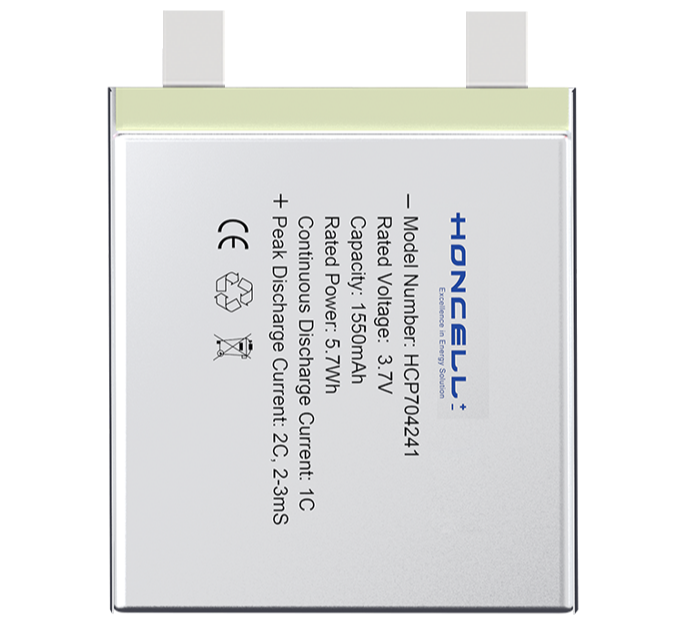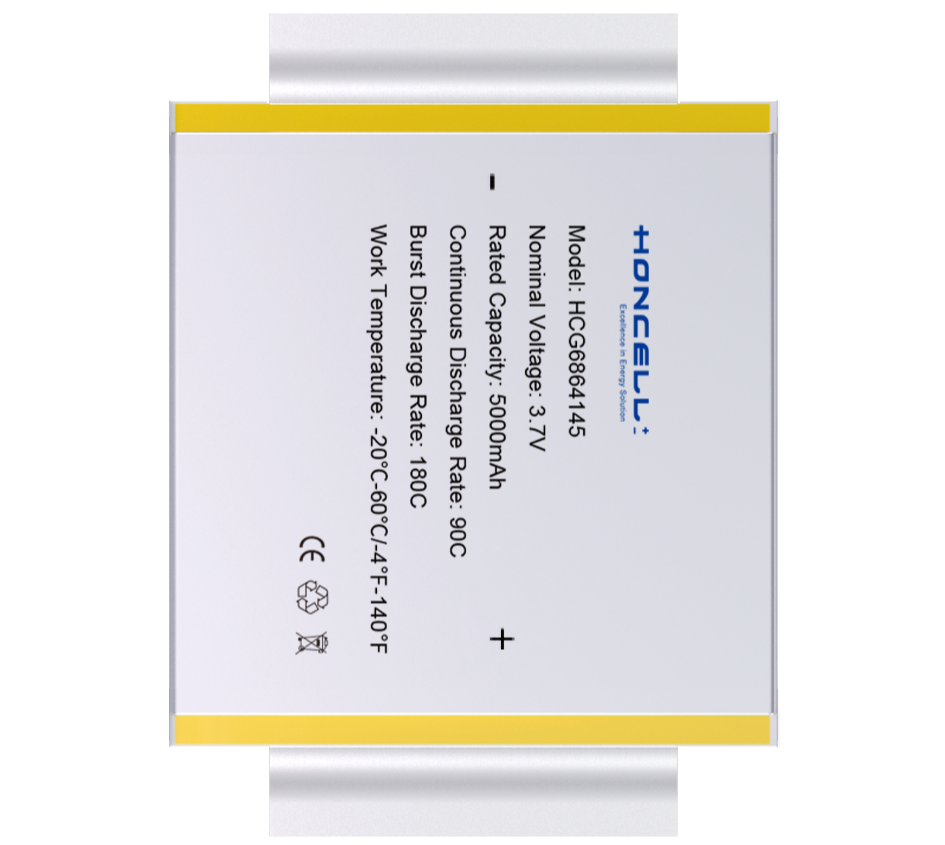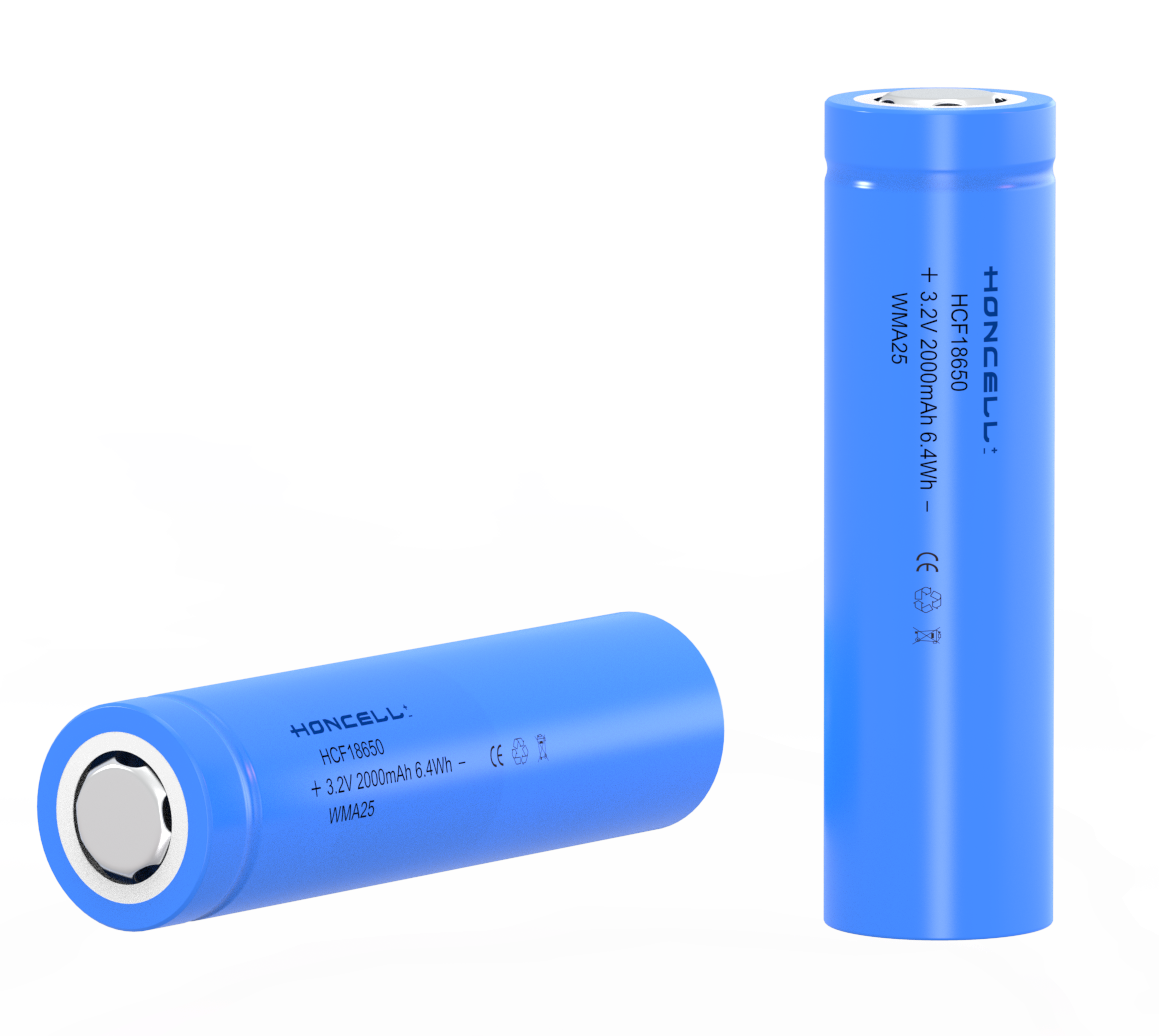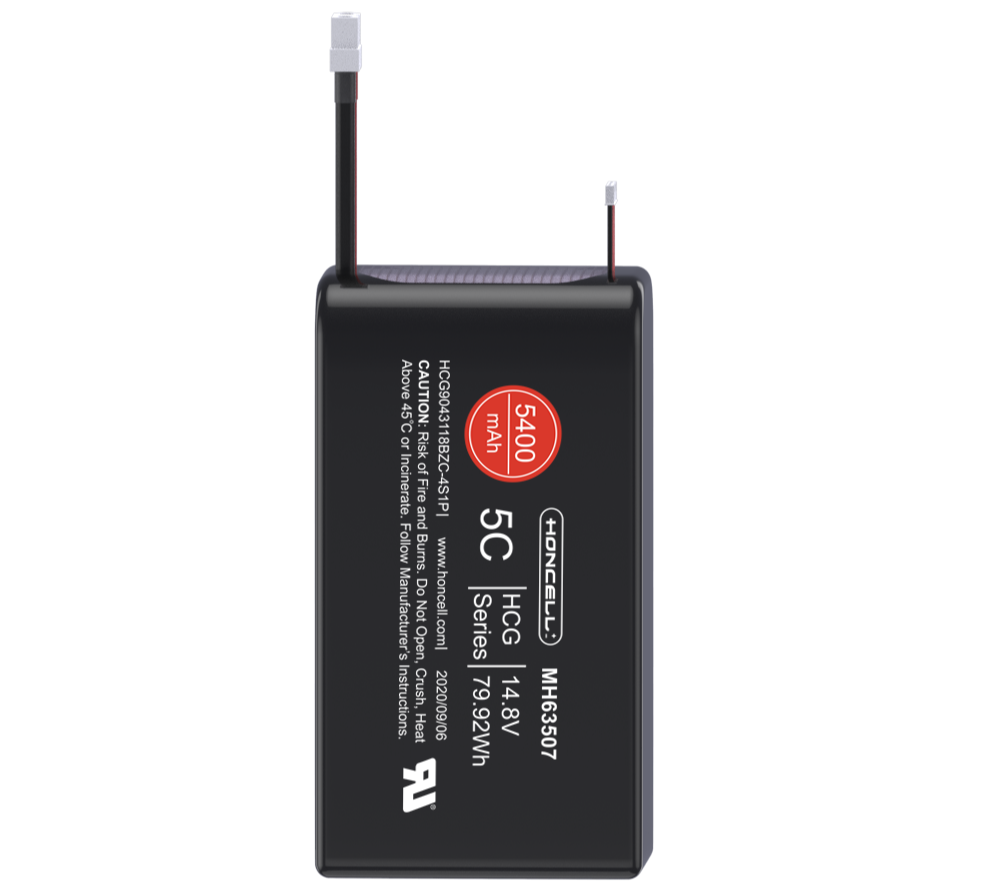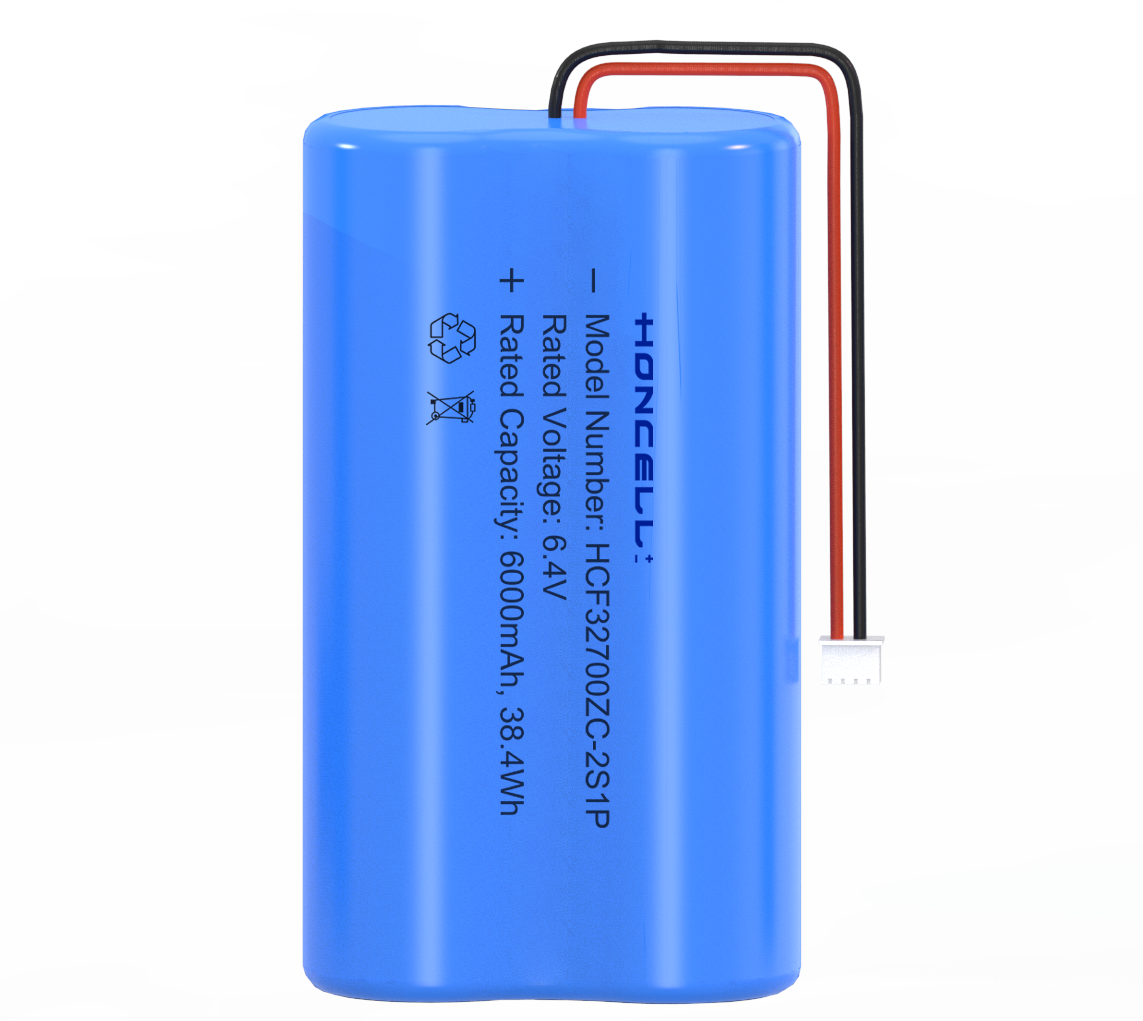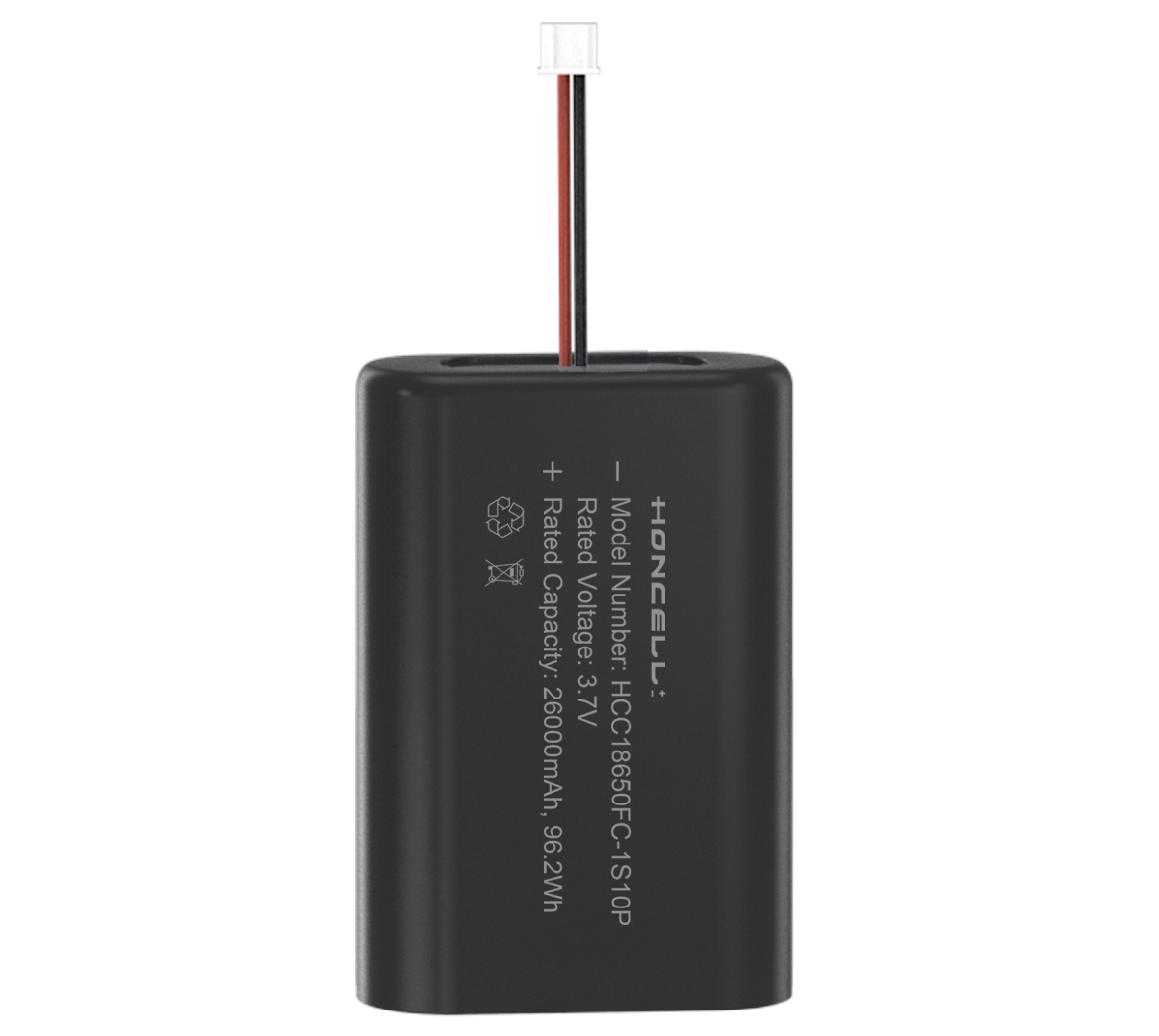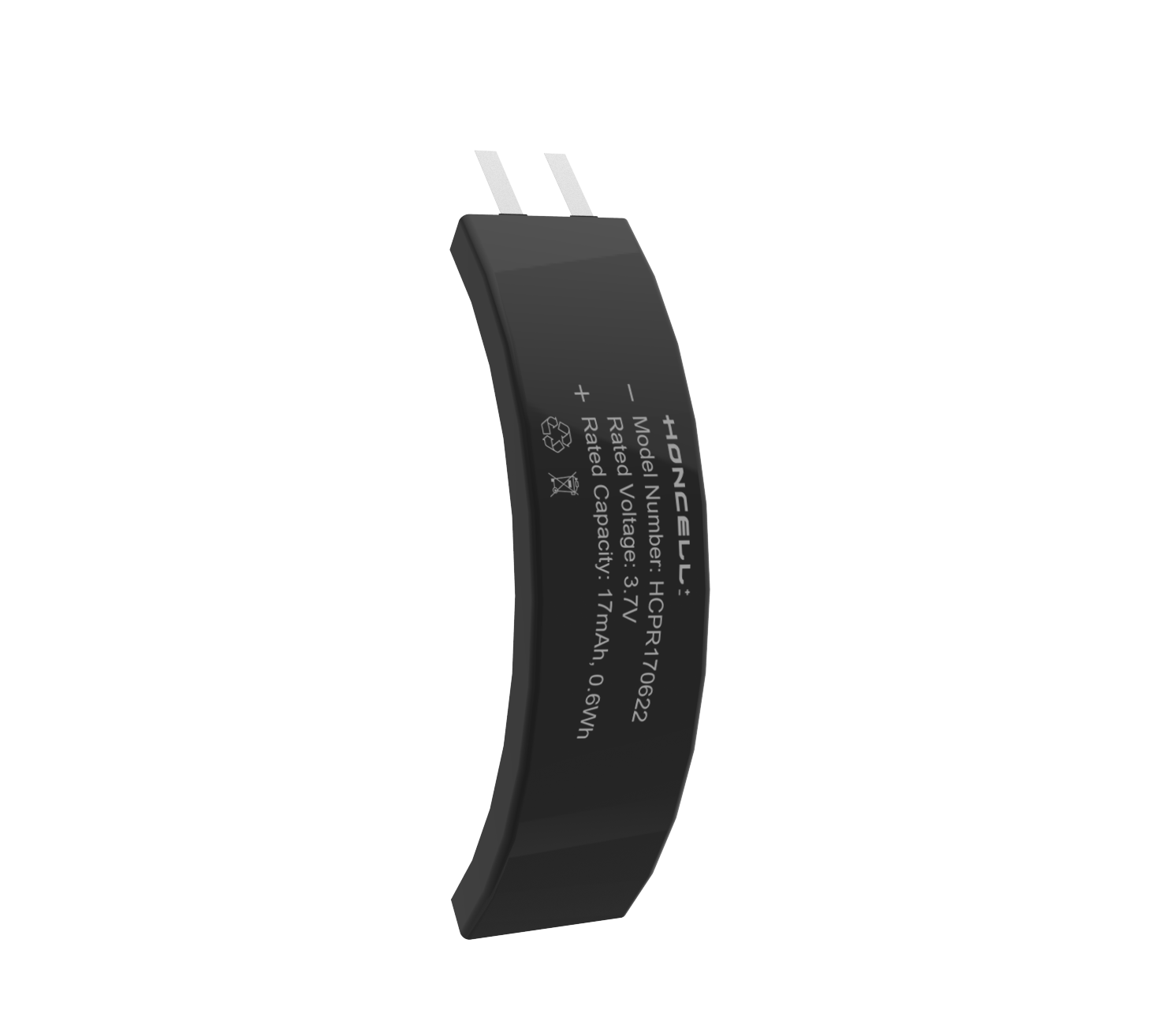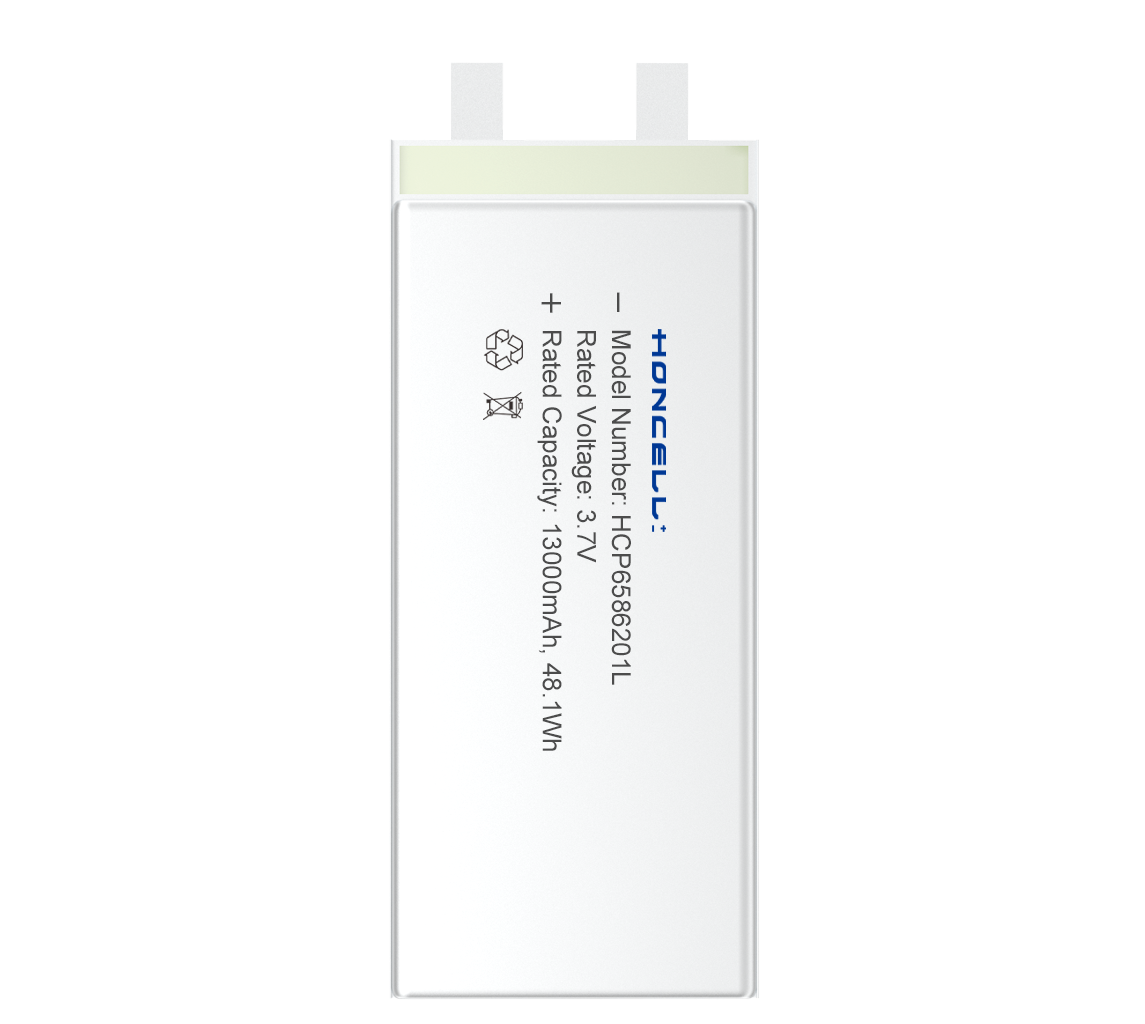What should be considered when charging lithium batteries
With the increasing progress of science and technology, smart devices are becoming more and more popular, infiltrating every aspect of our lives. Lithium batteries, as the driving force behind these devices such as cell phones, wearable technology, and new energy vehicles, are inseparable from our daily lives. Charging lithium batteries has thus become a daily necessity. However, many people are unaware of the important considerations when charging lithium batteries. Today, Honcell will discuss several key points to pay attention to when charging lithium batteries:
1. For the initial charge, it is best to use the original charger to ensure compatibility between the lithium battery and the charger.
2. Charge the battery when the power level is above 20%. Avoid letting the power drop below 10% before charging. Aim to keep the charging level around 80%, and it's advisable not to exceed 90%. If you anticipate needing to use the device for an extended period and charging is inconvenient, you may opt for a full charge. (Maintaining the charge between 20% and 80% is beneficial for prolonging the cycle life of lithium batteries
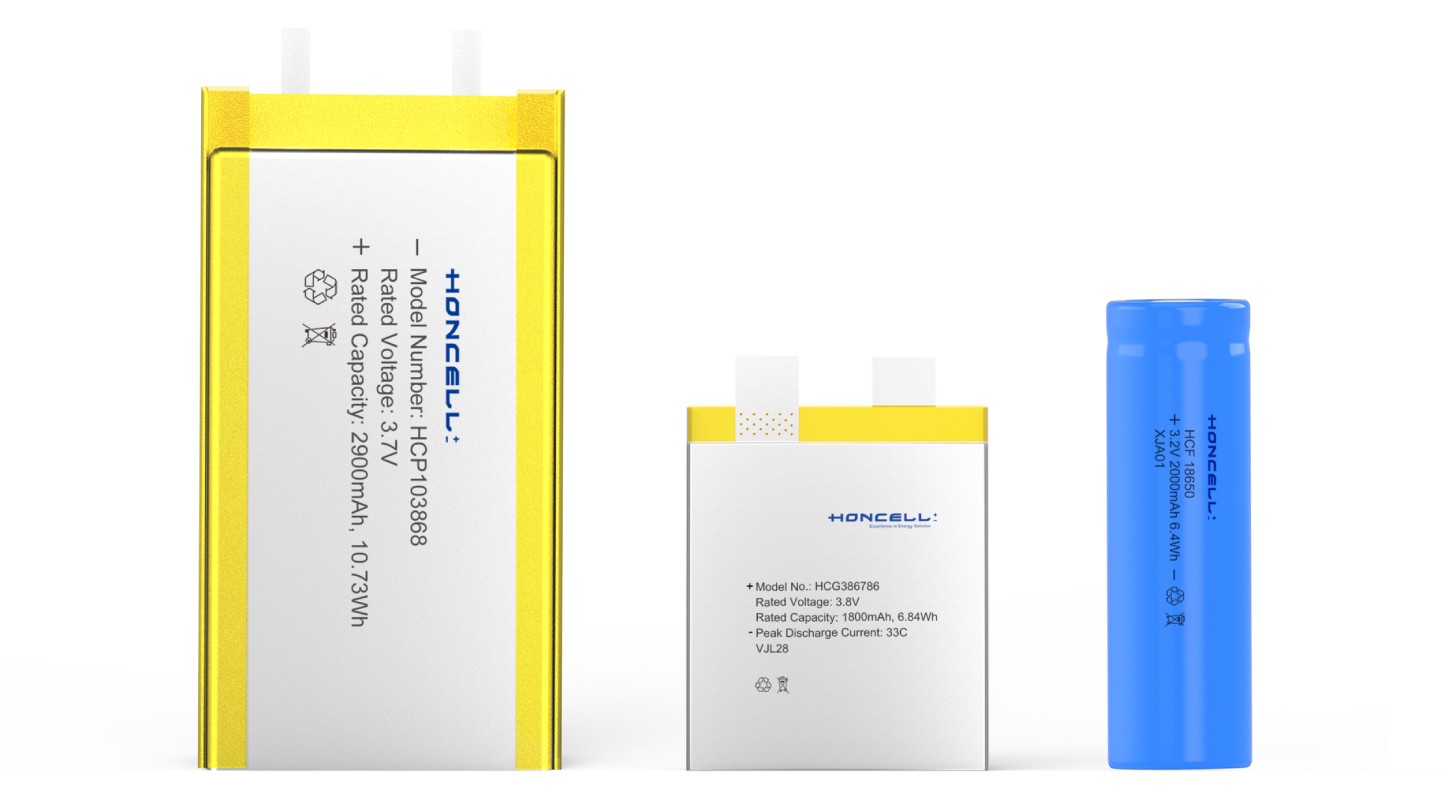
3. Avoid overcharging and over-discharging: Overcharging can lead to excessive pressure inside the battery, causing the temperature to rise and destroying the chemical balance within the lithium battery. Over-discharging is likely to result in the lithium battery voltage falling below the voltage threshold set by the protection board, causing the battery to enter a dormant state, which affects both the battery's capacity and its cycle life.
4. High-temperature environment: Do not recharge lithium batteries in a high-temperature environment. If the lithium battery charging temperature exceeds 45 degrees Celsius, it will accelerate the rate of chemical reactions inside the battery, generating excessive heat and thereby increasing the risk of battery explosion and fire. Additionally, high temperatures can evaporate the electrolyte within the battery, reducing its capacity and cycle life.
5. Low-temperature charging: When the temperature is below 0 degrees Celsius, the activity of the lithium battery is very low, leading to a very slow charging speed and a much lower charging efficiency than expected.
6. Charging and discharging: In the case of rapid discharge of lithium batteries, it is best not to charge immediately afterward, as this can easily cause the battery temperature to rise, increasing the risk of accidents and accelerating battery aging.
7. Cautious use of fast charging: Fast charging involves increasing the charging current. According to Joule's law (Q = I²Rt), the higher the charging current, the faster the lithium ions move, causing the battery temperature to rise more quickly. Long-term fast charging can reduce the battery's capacity, cycle life, and accelerate its aging.
8. Charging environment: When charging, pay attention to the items located near the charger. It is best to avoid having metal, fragile, liquid, flammable, or other potentially hazardous items nearby to prevent short circuits, damage, leakage, and even fire accidents.
Due to the fact that lithium battery technology is becoming more and more mature, many battery systems are now equipped with intelligent power-off protection. When the temperature is too high, full, or other unsafe situations occur, this protection will automatically cut off the power to ensure safety. Even so, we still need to follow the above precautions to make the service life of lithium batteries longer and ensure the safety of the usage process.
Related News
-

 Dec. 2025Lithium-Ion Battery Price Forecast for 2025Learn More
Dec. 2025Lithium-Ion Battery Price Forecast for 2025Learn More -

 Aug. 2025How Can Small Lithium Polymer Battery Packs Power IoT Innovation?Learn More
Aug. 2025How Can Small Lithium Polymer Battery Packs Power IoT Innovation?Learn More -

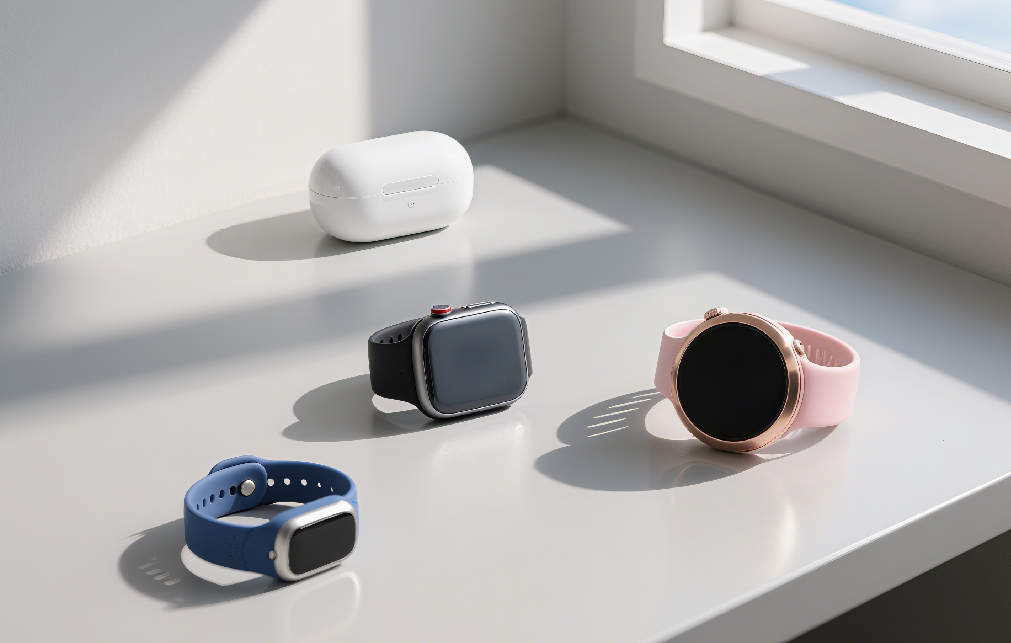 Aug. 2025Why Are Lithium Polymer Batteries the Go-To Choice for Portable Devices?Learn More
Aug. 2025Why Are Lithium Polymer Batteries the Go-To Choice for Portable Devices?Learn More -

 Jun. 2025Revolutionizing Drone Logistics in Cold Climates with Next-Gen BatteriesLearn More
Jun. 2025Revolutionizing Drone Logistics in Cold Climates with Next-Gen BatteriesLearn More -

 Jun. 2025The Future of Smart Glass Batteries: Trends and Innovations for 2025Learn More
Jun. 2025The Future of Smart Glass Batteries: Trends and Innovations for 2025Learn More -

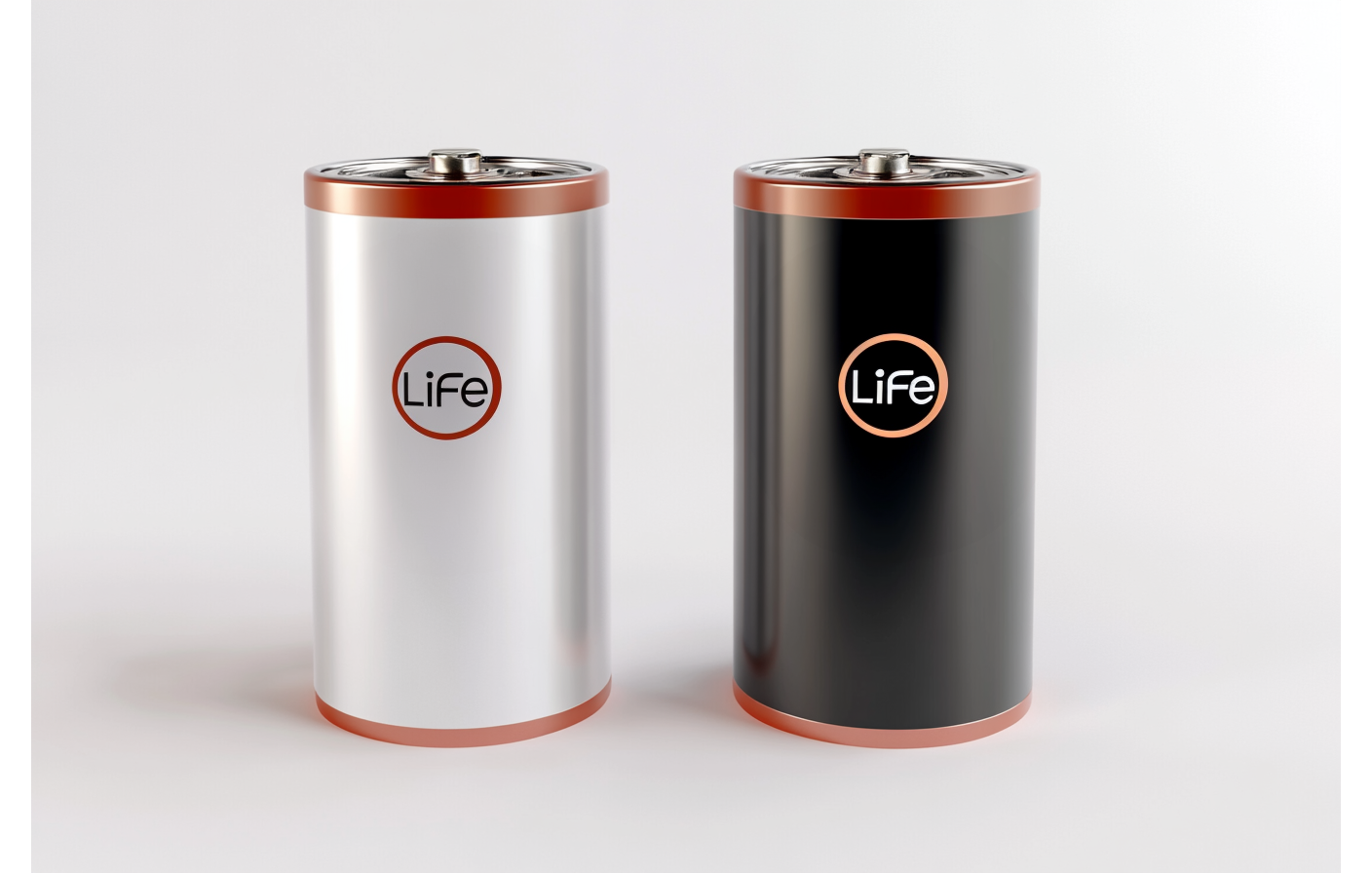 Apr. 2025Top 6 Reasons Why LiFePO4 Lithium Batteries Are Revolutionizing Energy StorageLearn More
Apr. 2025Top 6 Reasons Why LiFePO4 Lithium Batteries Are Revolutionizing Energy StorageLearn More -

 Apr. 2025The Ultimate Guide to Li Polymer Battery Packs: Choosing the Right Power SolutionLearn More
Apr. 2025The Ultimate Guide to Li Polymer Battery Packs: Choosing the Right Power SolutionLearn More -

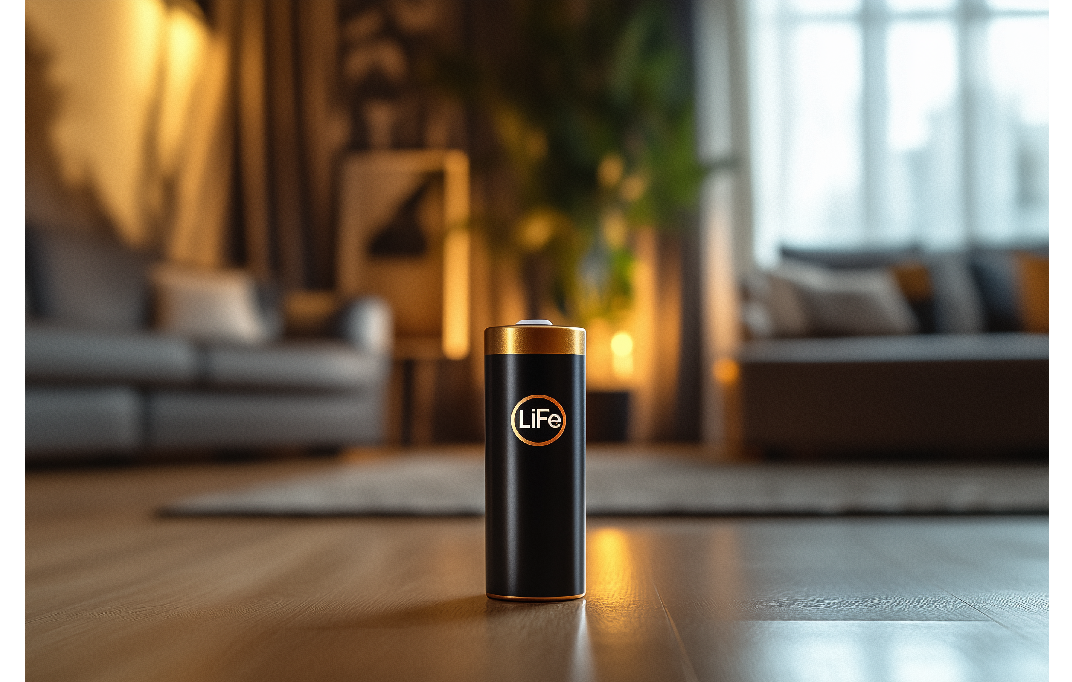 Apr. 2025Why Cylindrical LiFePO4 Cells Are Revolutionizing Energy Storage SolutionsLearn More
Apr. 2025Why Cylindrical LiFePO4 Cells Are Revolutionizing Energy Storage SolutionsLearn More -

 Mar. 2025Understanding LiFePO4 Prismatic Cells: A Comprehensive GuideLearn More
Mar. 2025Understanding LiFePO4 Prismatic Cells: A Comprehensive GuideLearn More -

 Mar. 2025Lithium Iron Phosphate (LiFePO4) vs Lithium-Ion Battery: A Comprehensive ComparisonLearn More
Mar. 2025Lithium Iron Phosphate (LiFePO4) vs Lithium-Ion Battery: A Comprehensive ComparisonLearn More -

 Jan. 2025All You Need To Know About Smart Watch BatteriesLearn More
Jan. 2025All You Need To Know About Smart Watch BatteriesLearn More -

 Dec. 2024The Ultimate Guide to Choose the Best Rechargeable Battery for Bluetooth SpeakersLearn More
Dec. 2024The Ultimate Guide to Choose the Best Rechargeable Battery for Bluetooth SpeakersLearn More -

 Nov. 2024How Drone Manufacturers Choose Lithium BatteriesLearn More
Nov. 2024How Drone Manufacturers Choose Lithium BatteriesLearn More -

 Nov. 2024How medical device vendors choose lithium medical batteriesLearn More
Nov. 2024How medical device vendors choose lithium medical batteriesLearn More -

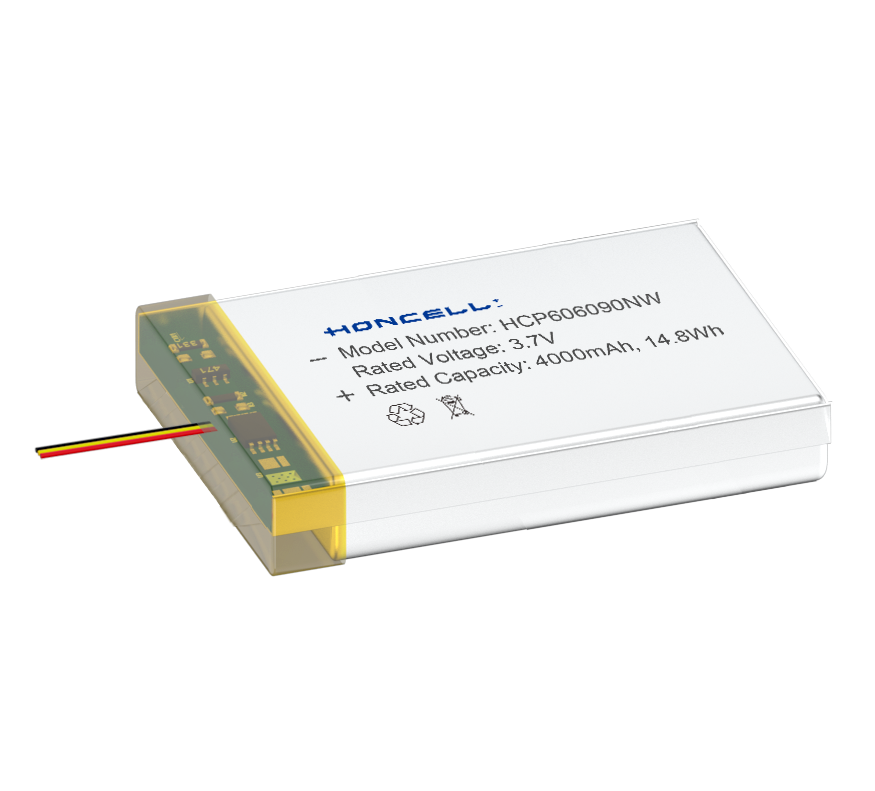 Sep. 2024Why global enterprises should choose Chinese lithium battery manufacturersLearn More
Sep. 2024Why global enterprises should choose Chinese lithium battery manufacturersLearn More -

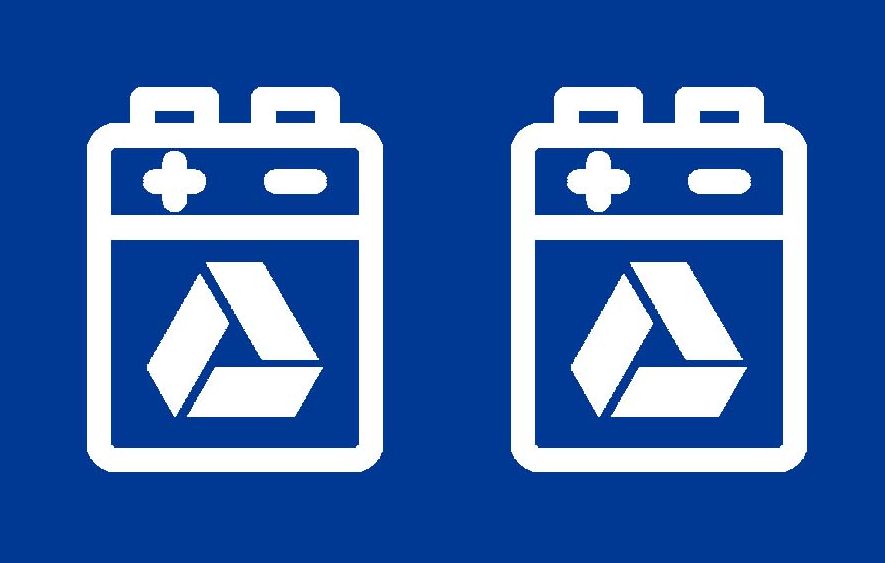 May. 2024How to choose lithium battery customized manufacturersLearn More
May. 2024How to choose lithium battery customized manufacturersLearn More -

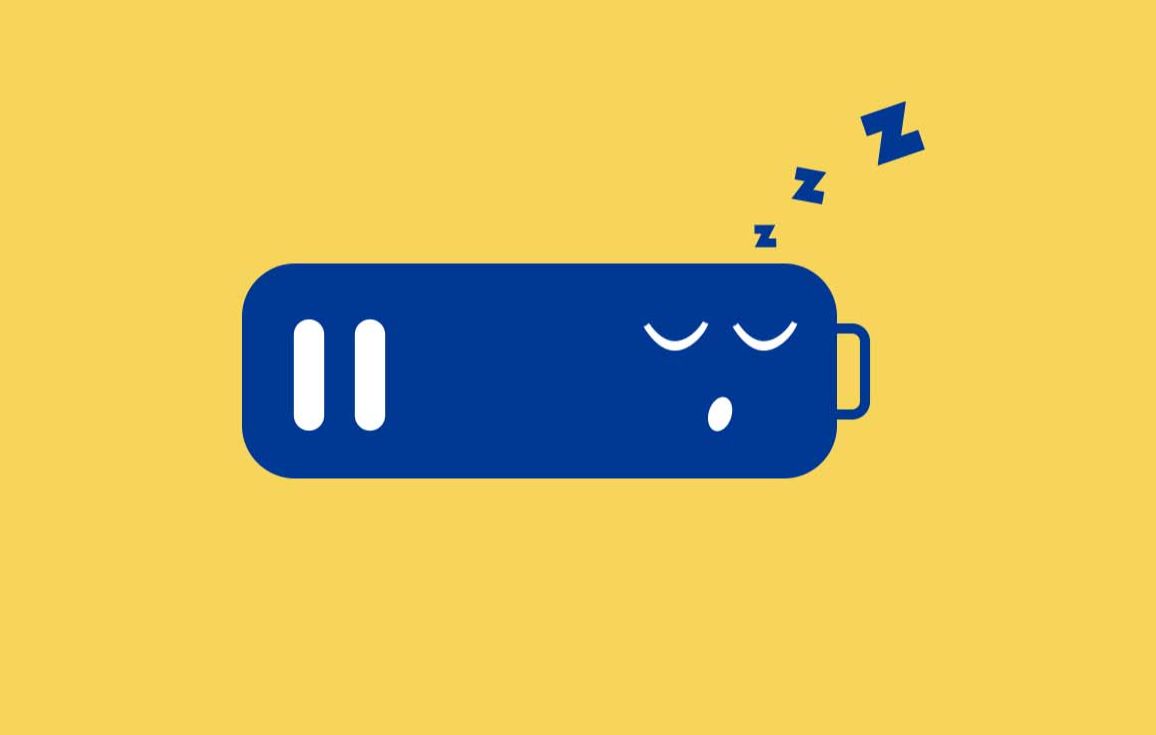 Mar. 2024How to wake up a dormant lithium battery and bring it back to performanceLearn More
Mar. 2024How to wake up a dormant lithium battery and bring it back to performanceLearn More -

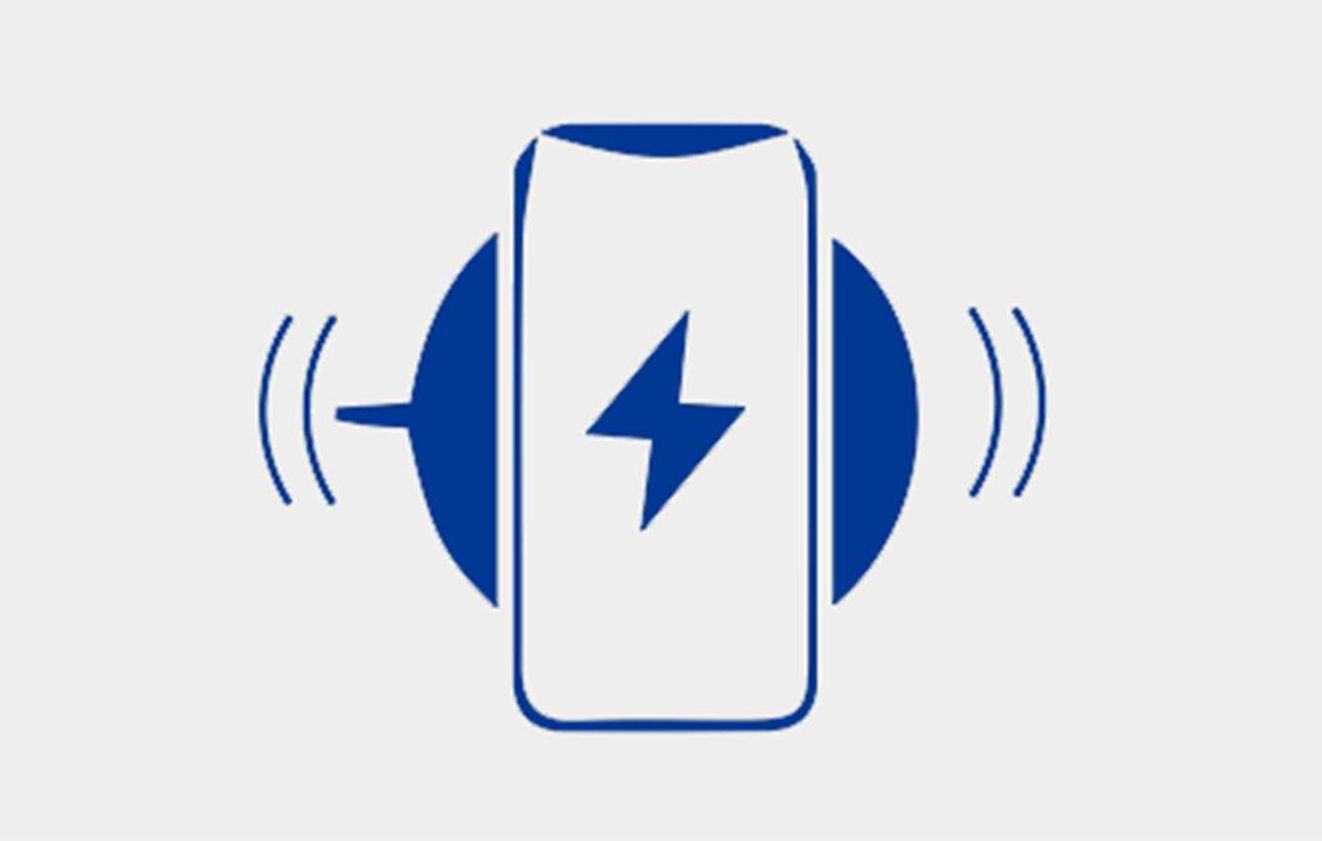 Mar. 2024What should be considered when charging lithium batteriesLearn More
Mar. 2024What should be considered when charging lithium batteriesLearn More


